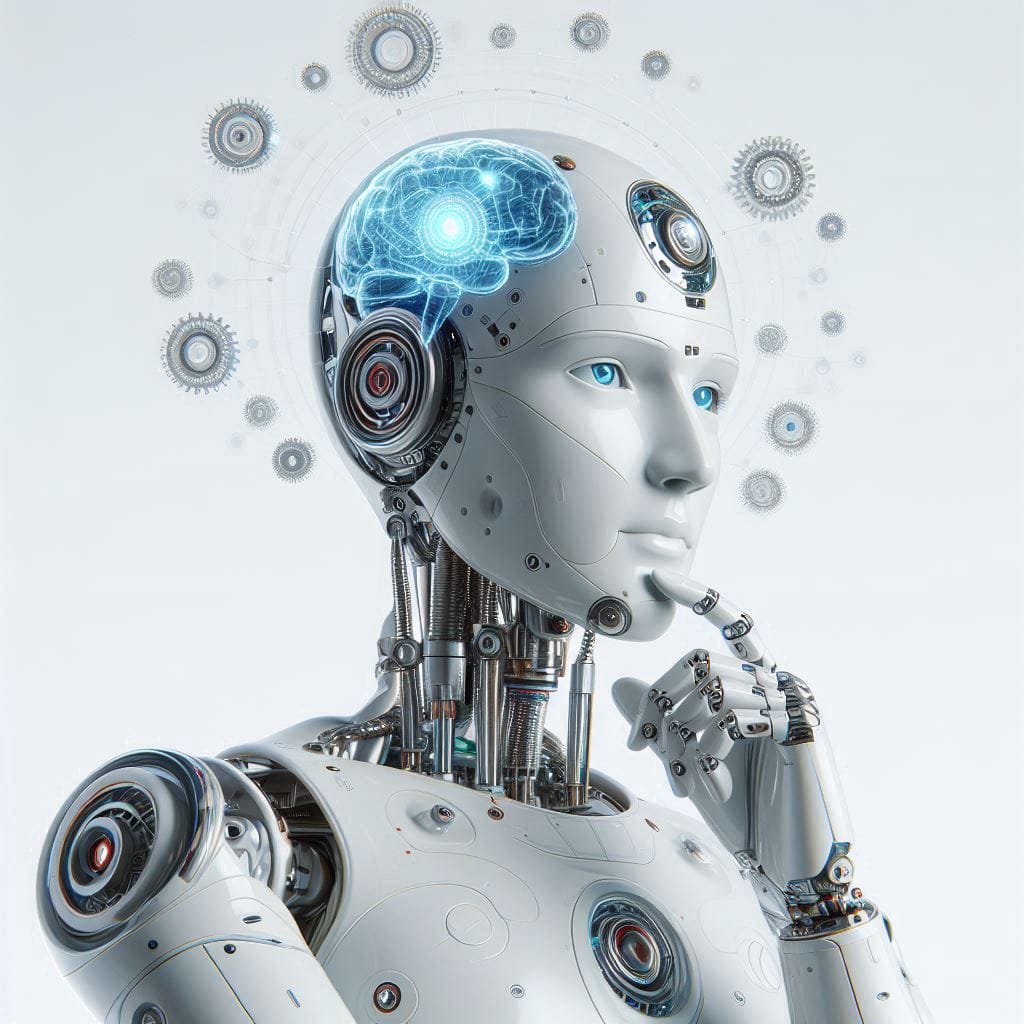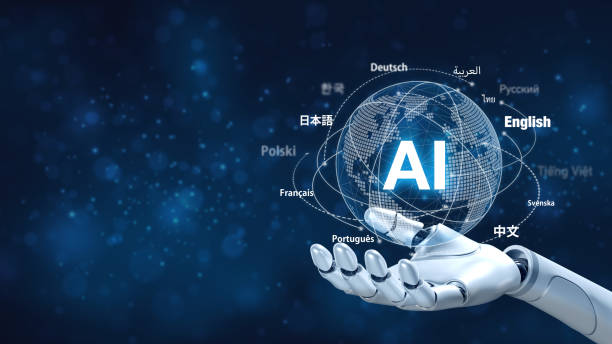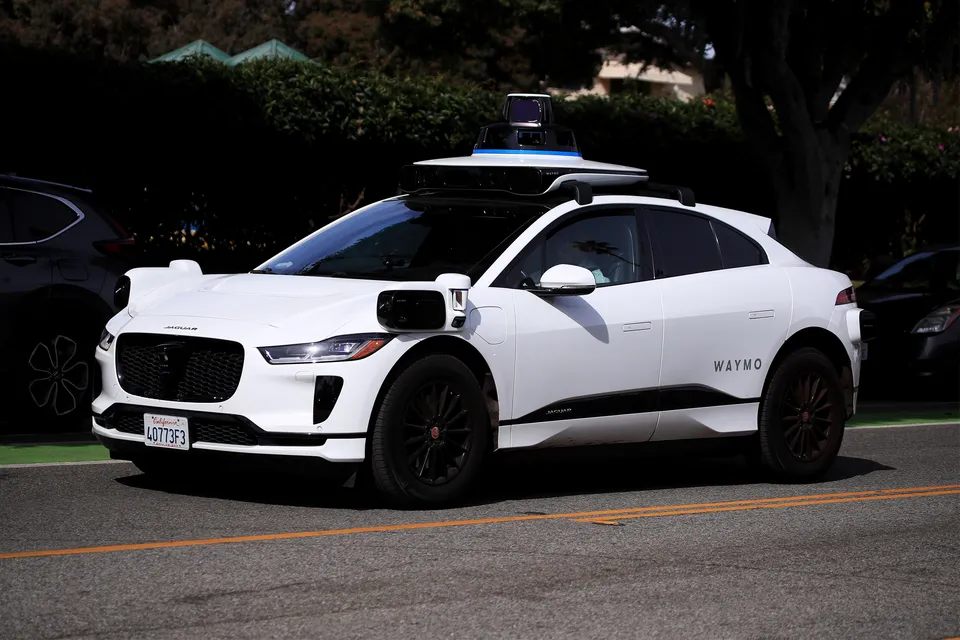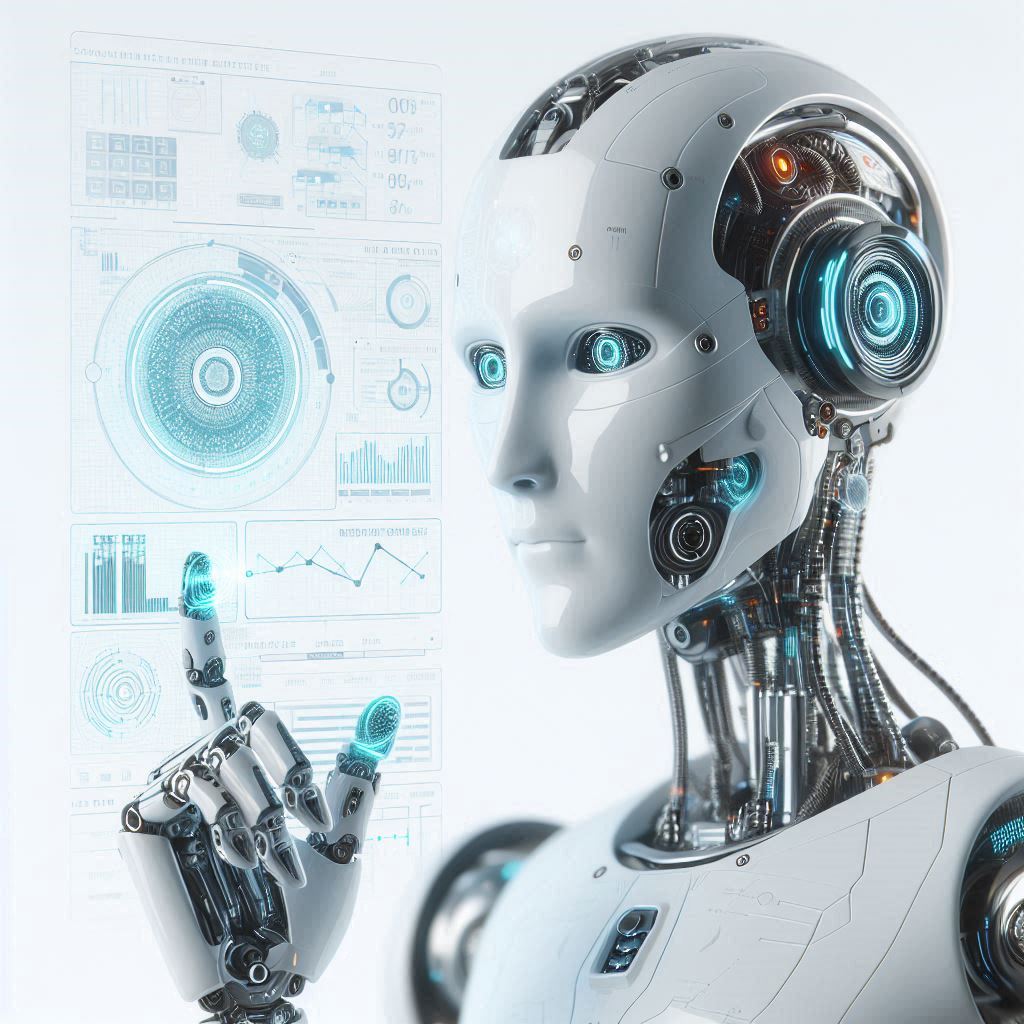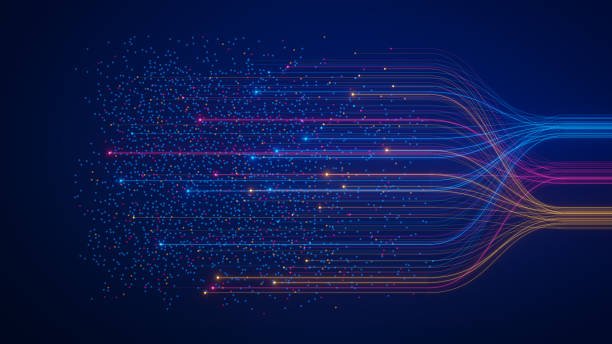There is a quiet revolution unfolding before our eyes. Once, the realm of intelligent machines existed only in the pages of science fiction, in the minds of authors and filmmakers who imagined a world where mechanical beings could walk, talk, and think like humans. Today, that imagined world is no longer distant fantasy—it is slowly becoming our reality. From the assembly lines of modern factories to the streets patrolled by autonomous vehicles, from surgical robots in hospitals to drones soaring in the sky, robotics has woven itself into the fabric of our daily lives.
But robotics is far more than just metal arms and coded instructions. At its heart, it is a field that seeks to bring machines to life—to give them the ability to sense their environment, make decisions, learn from experience, and interact with humans in ways that feel almost natural. This journey, spanning decades of discovery and invention, has been guided by fundamental principles that define how robots are built, how they learn, and how they behave.
To understand these principles is to understand a profound chapter in human progress. It is a story of science and engineering, of triumphs and failures, and of humanity’s attempt to create companions and collaborators that extend our reach into the world.
The Birth of Robotics: From Automata to Intelligent Machines
The dream of creating mechanical beings is not new. As far back as ancient Greece, inventors like Hero of Alexandria built rudimentary automata powered by steam and pulleys. In the Middle Ages, mechanical monks could pray, and intricate clockwork animals amazed onlookers in royal courts. These early creations were marvels of ingenuity, yet they lacked true autonomy—they were fixed machines performing repetitive motions without perception or decision-making.
Modern robotics, as a scientific discipline, began in the 20th century with the convergence of electrical engineering, computing, and control theory. In the 1950s, the first industrial robots appeared on factory floors, capable of performing precise, programmable movements that revolutionized manufacturing. Yet these machines were rigid and blind, unable to adapt to change or interact meaningfully with humans.
The term “robotics” itself was popularized by science fiction writer Isaac Asimov, who also introduced the famous “Three Laws of Robotics”—guiding ethical principles for intelligent machines. While fictional, these ideas inspired generations of engineers and scientists to explore how to make robots not just mechanical tools but entities capable of thought and interaction.
Understanding the Essence of a Robot
At its core, a robot is a machine designed to perceive, decide, and act. Unlike ordinary machines, robots are not limited to preprogrammed motions; they can adapt to their environment and perform tasks with varying degrees of autonomy.
To achieve this, a robot is built upon three fundamental pillars: sensing, processing, and acting. Sensors allow robots to perceive the world—cameras for vision, microphones for sound, lidar for mapping, and tactile sensors for touch. Processing units, often powered by artificial intelligence, interpret these sensory inputs, reasoning about the environment and making decisions. Actuators—motors, wheels, arms—then carry out the chosen actions, allowing the robot to move, grasp, or manipulate objects.
But these principles alone do not create intelligence. For robots to truly interact with humans and navigate unpredictable environments, they must also learn, adapt, and evolve. This is where modern breakthroughs in machine learning have transformed robotics into something far more dynamic and capable than its early forms.
The Principles That Guide Robotics
Robotics as a science is grounded in a set of principles that shape every aspect of design and function. These are not rigid rules but foundational ideas that have emerged from decades of exploration. Understanding them is essential to grasping how robots learn and interact.
One key principle is autonomy. A robot should be able to operate with minimal human intervention, perceiving its environment and making decisions in real time. Autonomy is what separates a robot from a simple machine or tool. It requires sophisticated sensing, control systems, and algorithms that allow the robot to handle uncertainty and unexpected events.
Another principle is adaptability. The world is dynamic and unpredictable; therefore, robots must learn from experience. Adaptability is achieved through machine learning—a field of artificial intelligence that allows robots to improve their performance over time by analyzing data, recognizing patterns, and adjusting their actions accordingly.
Safety and ethics also form core principles. Robots that interact with humans must do so safely, avoiding harm while collaborating seamlessly. Ethical considerations guide how robots are programmed to handle dilemmas, respect privacy, and make decisions that align with human values.
Finally, interaction is fundamental. A robot is not just a solitary machine—it exists to work alongside people. Principles of human-robot interaction ensure that machines communicate effectively, respond to gestures and speech, and understand social cues, making collaboration natural and intuitive.
How Robots Learn: From Programming to Intelligence
Early robots were programmed explicitly: every movement, every action had to be written by a human engineer. While effective for repetitive tasks, this approach is rigid and fails when the environment changes. Imagine trying to program every possible way a robot might need to navigate a cluttered house or understand the nuances of human speech—it would be impossible.
Machine learning revolutionized this process by allowing robots to learn rather than simply execute instructions. Instead of coding every behavior, engineers train robots using data. A robot might practice grasping objects thousands of times, learning through trial and error which motions succeed. Algorithms like reinforcement learning mimic the way animals learn—through feedback and rewards.
Deep learning, inspired by the human brain’s neural networks, enables robots to recognize objects, understand spoken language, and even generate realistic human-like movements. This learning is not limited to single tasks; advanced robots can transfer knowledge from one activity to another, building a foundation of generalized intelligence.
Robots also learn through simulation. Virtual environments allow them to practice endlessly without risk, perfecting skills before being deployed in the real world. This accelerates learning dramatically, enabling breakthroughs in autonomous driving, drone navigation, and robotic surgery.
The Role of Sensors: A Machine’s Window to the World
A robot’s ability to interact with its environment depends on its senses. Like humans rely on sight, sound, and touch, robots use an array of sensors to perceive the world. Cameras provide vision, allowing robots to detect objects and navigate spaces. Lidar and sonar map surroundings in three dimensions, essential for self-driving cars and drones. Microphones enable voice recognition, while tactile sensors on robotic hands let machines feel pressure and texture, improving dexterity.
These sensory systems generate vast amounts of data. Advanced robots process this data in real time, constructing detailed models of their environment. Combined with AI, this perception allows robots to distinguish between objects, recognize faces, understand gestures, and anticipate human actions—a prerequisite for safe and effective interaction.
Motion and Manipulation: Bringing Machines to Life
Perception alone does not make a robot useful. It must also move and manipulate objects with precision. Actuators—motors, hydraulic systems, artificial muscles—translate decisions into action. The challenge lies in coordinating these movements gracefully, balancing speed, accuracy, and energy efficiency.
Modern robotics draws inspiration from biology. Legged robots mimic animal gaits, achieving remarkable stability and agility. Robotic arms replicate the dexterity of human hands, capable of delicate tasks like threading a needle or performing complex surgery. Soft robotics uses flexible materials to create machines that can squeeze, bend, and adapt to fragile objects, opening possibilities for safe human interaction and exploration of unpredictable terrains.
Human-Robot Interaction: From Tools to Companions
Perhaps the most profound principle of robotics is interaction. The ultimate goal is not just machines that act, but machines that collaborate, communicate, and coexist with humans naturally. This requires understanding human behavior, interpreting language, and even reading emotions.
Advances in natural language processing allow robots to converse meaningfully, taking instructions or answering questions. Computer vision enables them to recognize facial expressions and gestures, adjusting their behavior accordingly. Social robots, designed for companionship, use these abilities to comfort the elderly, teach children, and assist those with disabilities.
True interaction goes beyond technology—it touches psychology and trust. Humans must feel safe and confident working with robots. Achieving this involves careful design, intuitive interfaces, and ethical safeguards that ensure machines act in ways that align with human expectations and values.
Learning in Interaction: Collaborative Intelligence
One of the most exciting frontiers in robotics is collaborative intelligence, where robots and humans learn together. Instead of robots replacing workers, they become partners, enhancing human capabilities.
In modern factories, robots equipped with sensors and AI work side by side with humans, adjusting their movements to avoid collisions, handing over tools, and adapting to changing workflows. In medicine, surgical robots augment a doctor’s skills, providing unmatched precision while the surgeon maintains control.
Through shared learning, robots improve by observing human techniques, while humans adapt to robotic assistance. This symbiosis accelerates innovation, creating teams that are more capable than either humans or robots alone.
The Future of Robotics: Towards Conscious Machines?
As robotics advances, questions once confined to philosophy emerge. Can machines ever be truly conscious? Will robots one day possess emotions or self-awareness? While current robots do not have minds in the human sense, research in cognitive robotics aims to endow them with reasoning abilities, imagination, and even rudimentary forms of empathy.
Future robots may not only perform tasks but understand context and purpose. They might collaborate creatively, offering solutions that surprise even their human partners. Some envision a world where robots evolve culturally, sharing knowledge and developing behaviors through interaction with society.
Yet this progress brings challenges. Ethical dilemmas around autonomy, privacy, and employment must be addressed. Safeguards ensuring that intelligent robots act in humanity’s best interests will be essential. The principles of robotics will evolve, guided not only by technology but by our values and vision of coexistence.
A New Chapter in Human Evolution
The story of robotics is not just about machines—it is about us. Each breakthrough reflects humanity’s desire to extend its reach, to create tools that magnify our strength and intelligence. From simple automata to intelligent, learning robots, we have inched closer to building mechanical companions that think and act in ways that mirror life itself.
As we look to the future, the principles of robotics will continue to shape this journey. Machines will learn faster, interact more naturally, and integrate seamlessly into our world. They will help us explore distant planets, care for the vulnerable, build smarter cities, and unlock mysteries of science yet unseen.
In doing so, robots will not make us less human. Instead, they will challenge us to redefine what it means to be human—to see intelligence, learning, and interaction not as uniquely ours, but as part of a broader continuum of life and machine.
The dawn of robotics is not the end of human story—it is a new beginning, a chance to write a future where we and our mechanical creations grow, learn, and evolve together.
